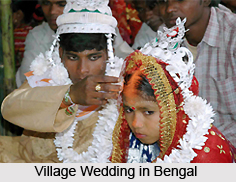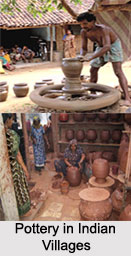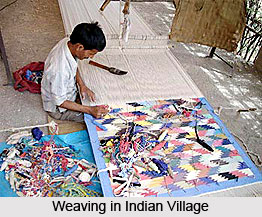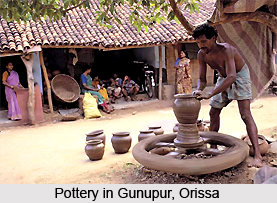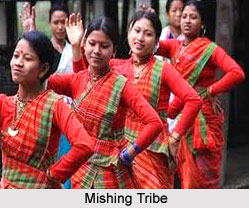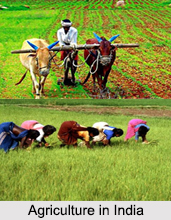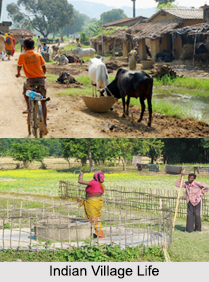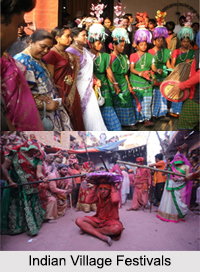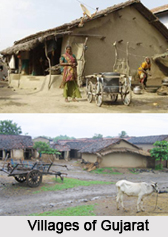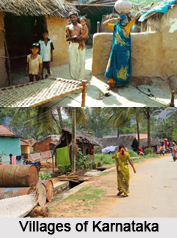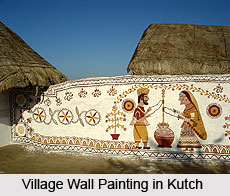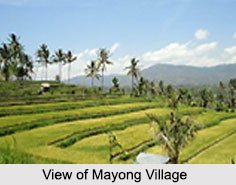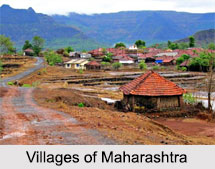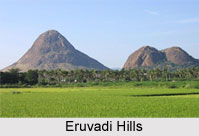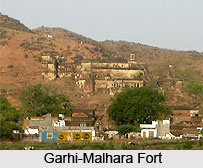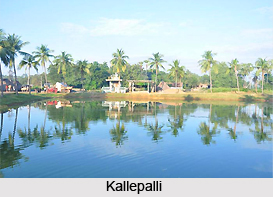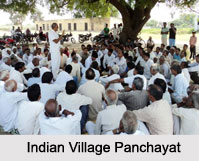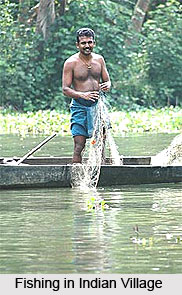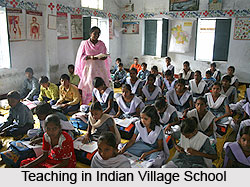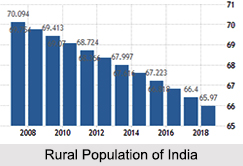 The rural population in India comprises the core of Indian society and also represents the real India. Religion, caste and language are considered the major determinants of social and political organisation in rural India. More than 80% of the total rural population in India is Hindu and the other major religious communities include the Muslims, Buddhists, Jains, Christians, Sikhs, Parsis, etc. tribals or adivasis are an integral part of the rural population as well. Some of the prominent tribal languages spoken by the tribal population in India include Maithili, Santali, Konkani, Dongri, Meitei (Manipuri), Bodo, etc. About 70% of the total Muslim population in India speaks Urdu language. However, the languages spoken by the rural population in India largely vary on the native language of the location of these villages. India has one of the densest rural populations in the world. This huge density in the rural population in India puts immense pressure on the natural resources and also adversely affects the quality of life.
The rural population in India comprises the core of Indian society and also represents the real India. Religion, caste and language are considered the major determinants of social and political organisation in rural India. More than 80% of the total rural population in India is Hindu and the other major religious communities include the Muslims, Buddhists, Jains, Christians, Sikhs, Parsis, etc. tribals or adivasis are an integral part of the rural population as well. Some of the prominent tribal languages spoken by the tribal population in India include Maithili, Santali, Konkani, Dongri, Meitei (Manipuri), Bodo, etc. About 70% of the total Muslim population in India speaks Urdu language. However, the languages spoken by the rural population in India largely vary on the native language of the location of these villages. India has one of the densest rural populations in the world. This huge density in the rural population in India puts immense pressure on the natural resources and also adversely affects the quality of life.
Distribution of Rural Population
The rural population in India comprises several castes and tribes. Introduced in the Vedic period, the caste system still plays a major role in the formation of a village society in India. Traditionally, there are four broad categories of castes (varnas) in Indian villages. These castes include the Brahmins, Kshatriyas, Vaishyas and Sudras. According to Hinduism, the Brahmins are the highest class of the society and all other castes are liable to serve the Brahmins. They comprise a major portion of the entire rural population in India and are also involved in most of the decision making processes in the village. The Brahmins hold important posts in the Village Panchayats as well. Apart from these four castes, there is also a category of outcastes in the Indian villages. The people of this category were earlier called "untouchables" but now commonly referred to as "dalits". While the people of general castes live in the villages of plane lands, the tribes mostly live in the villages located in deep forests or in the hilly regions of India.
Tribal Communities of Rural Population
The tribal communities comprise a significant portion of rural population in India. Most of the tribal people live in the deep jungles and hilly regions in India and are engaged in agricultural activities. The tribal communities are also known as Adivasis and a majority of tribes in India live in the states of Orissa, Madhya Pradesh, Chattisgarh, Rajasthan, Gujarat, Maharashtra, Andhra Pradesh, Bihar, Jharkhand, West Bengal, Mizoram, Andaman and Nicobar Islands. The tribal communities in India are officially recognised as "Scheduled Tribes" by the Indian government, in the Fifth Schedule of the Constitution of India.
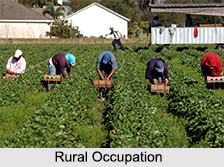 Occupation of Rural Population
Occupation of Rural Population
A majority of the rural population in India lives on agriculture and linked occupations in the rural areas. Though, agriculture has been the primary occupation of rural people in India since the ancient period, the scenario is changing day by day. Many Indian villagers have engaged themselves in various non-agricultural occupations in the recent years. There is also a common trend among the Indian villagers to migrate to the urban areas to work as labourers or get into alternate professions. The literacy rate among the rural population in India has also increased significantly in the recent years.
The rural population in India provides the real picture of the Indian society. However, the Indian villagers face a lot of difficulties like poverty in their daily life. The authorities have taken many initiatives to improve the quality of life of the rural population in India, in the recent years.
